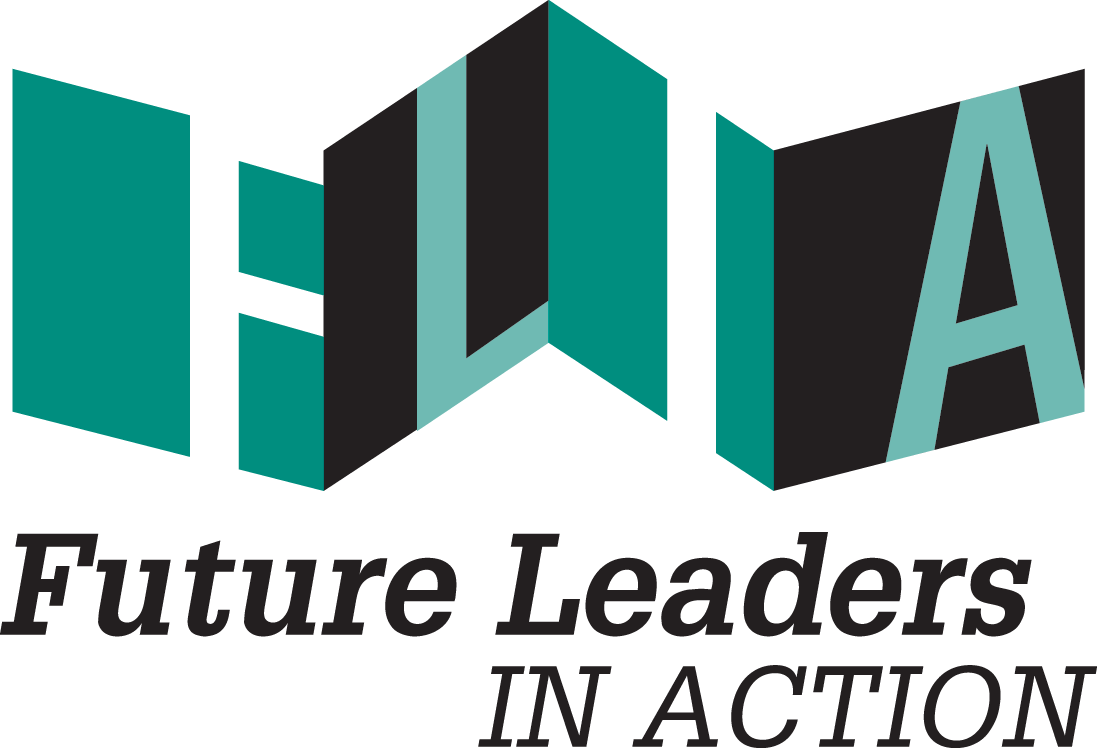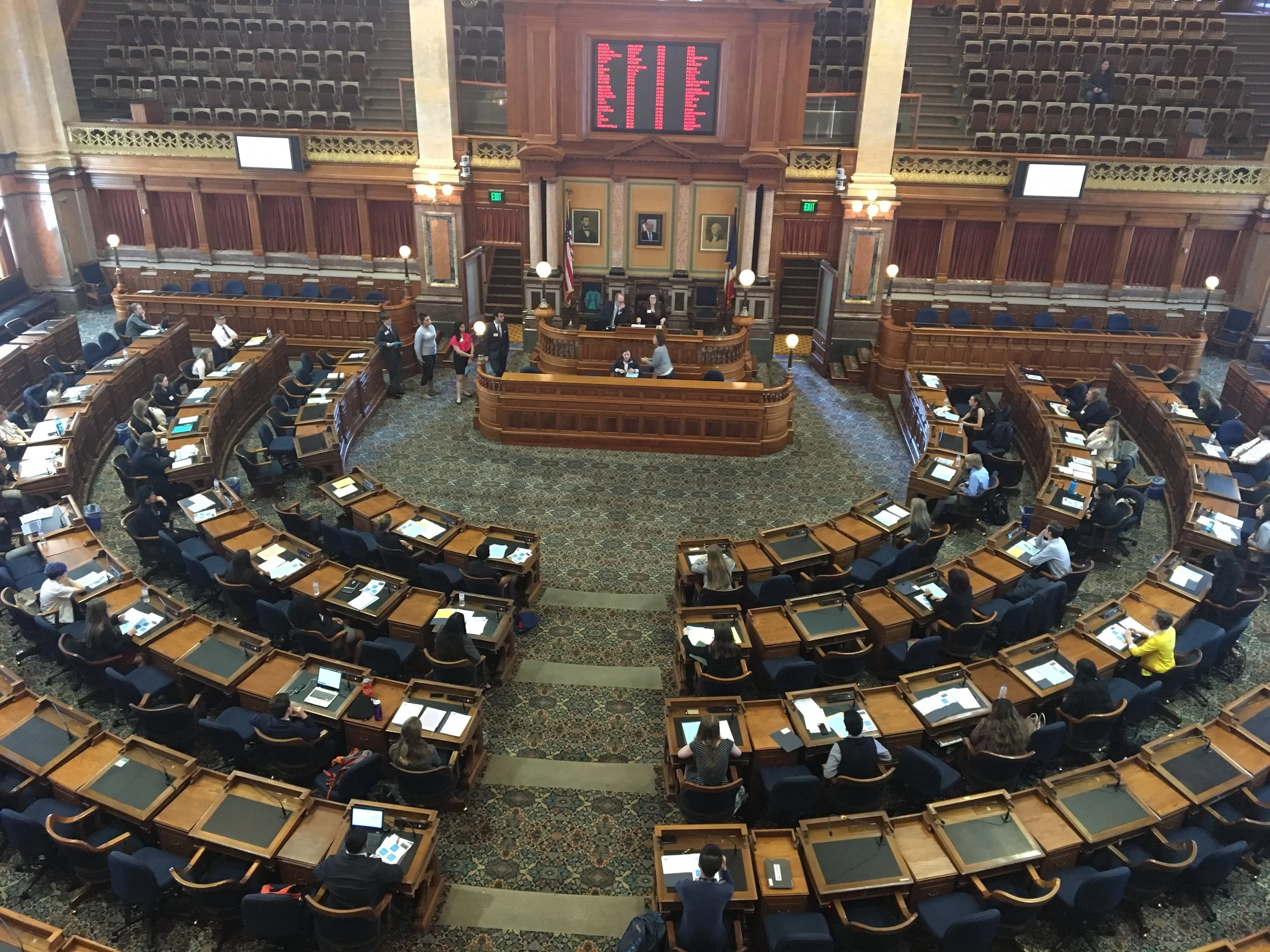At the 2018 IYC Mock Congress, members of IYC sit in Iowa’s House of Representatives to present, debate, and vote on their 2018 Legislative Agenda.
Partner Site
During my time as a fellow, I worked with the Iowa Department of Human Rights (DHR) and their youth programs. The State of Iowa Youth Advisory Council (SIYAC) and the Iowa Youth Congress (IYC) are programs that provide youth the opportunity to gain hands-on education in the subject areas of state government, democracy, advocacy, leadership and civic engagement. The DHR sought to improve the programs by both enhancing the curriculum, and improving outreach and retention efforts.
Project Work
My project was a reflection of evidence-based research on youth empowerment and activism curricula shown to improve youth outcomes. I discovered that between the 1950s and 1970s, the Family and Youth Services Bureau (FYSB) found that youth who developed in a positive way felt a sense of usefulness, belonging, power, and competence. While past practices may have focused on the weaknesses of youth and adolescents, this new insight led programs to focus on strengths instead.
Members of SIYAC participate in a team building activity during Orientation.
Positive Youth Development (PYD) prepares youth to meet life challenges through coordinated, progressive activities and experiences; which help them to become socially, morally, emotionally, and physically competent. In order to help guide the DHR and their youth programs I developed an online survey and sent it to IYC and SIYAC participants from the last three years via email. This survey was derived using the Youth Program Quality Assessment (PQA) guide, a validated assessment tool for positive youth development, which is designed to evaluate the quality of programs and staff who work with youth. It measures the quality of youth experiences, the motivations of youth to engage, and the resources of organizations working with youth.
Survey Analysis
The findings from the survey represented approximately 44 youth participants of DHR’s youth initiative programs from the last three years, 2015-2018. Approximately, 66% responded for the Iowa Youth Congress, and about 34% responded for the State of Iowa Youth Advisory Council.
Participants were asked questions from different categories involving positive youth development, and asked to check all that applied during their time in either IYC or SIYAC.
I recommended for both programs to provide adequate information about exits and locations for safety during storms at the beginning of every meeting, and that they should also have on hand at least, a first aid kit.
Both programs would also benefit from having team building activities or games added to meetings. These activities could encourage youth get to know one another, strengthen group ties, and help build a sense of belonging. From the youth program evaluation section, it has also been recommended from past members of both programs to have full-time youth coordinators that would be with the programs long-term, thus potentially improving youth-staff relationships.
Other recommendations came from observations of the program and staff, such as, an updated website that is user friendly and appealing to young audiences. Youth outreach methods could also be improved through the use of social media pages; Instagram and Twitter. Another recommendation for improved outreach methods could be involving current youth members more in the recruitment process.
While the above recommendations were for both programs, more detailed recommendations specific to each program were included in my final report to my partner site. In addition to a final report, I will be formally presenting my findings to DHR staff so we can discuss the recommendations and how to implement them into their youth programs’ curricula. It is my thought that by implementing these recommendations for future program years, any low level responses from the survey will increase in future surveys, thus increasing the programs’ positive youth development.
References:
Putting Positive Youth Development Into Practice: A Resource Guide. National Clearinghouse On Families And Youth, U.S. Department of Health and Human Services. 2007.
Smith, C., Tom Akiva, Monica Jones, Amanda Sutter, Barbara Hillaker, Leah Wallace, Gina McGovern. Program Quality Assessment Handbook: Youth Version. David Weikart Center for Youth Program Quality. The Forum for Youth Investment. 2011.



